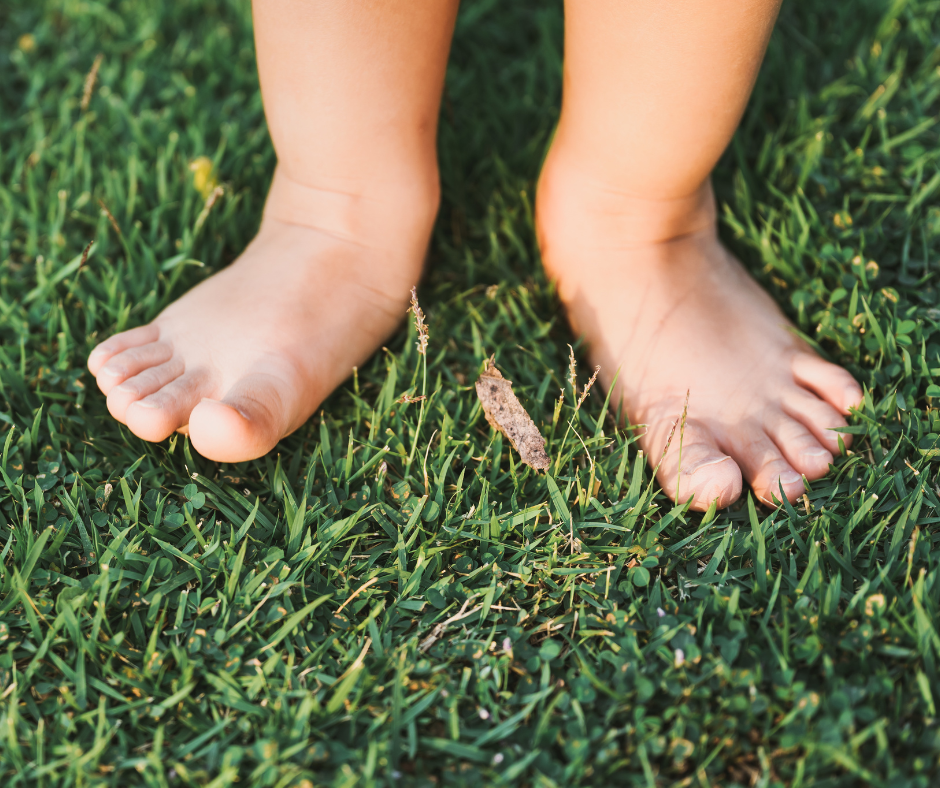Keep Kids’ Feet Healthy With A Podiatrist’s Tips
Children’s feet are susceptible to many internal and external risks, navigating hormones, bone development, athletic injuries, and other factors that can permanently shape how they move and feel. Because our feet are inextricably linked to our overall health, it is incumbent upon concerned parents to get involved early in their children’s podiatric care and seek consultation from a trusted team of physicians if they suspect any latent issues.
Today, Northern Ankle Foot Associates will continue speaking on the uniqueness of pediatric foot care, offering expert prevention techniques and commonsense strategies to help you ensure that your child’s feet develop without any issues.
Growing Feet, Higher Stakes
Unlike for adults, growth spurts could come with possible issues such as:
- Joint abnormalities
- Limited ranges of motion
Besides growing pains, more specific conditions, such as flat feet and pigeon toes, are often worth examining. Attributed to musculoskeletal development, they’re not always a cause for serious concern, but they shouldn’t be ignored, either.
- Abnormal gait, difficulty performing physical activity, and inflammation are all issues that can last for quite some time if left untreated.
Beyond growth-related complications, being a kid also means an increased risk of infection.
Incorrect toenail management, outgrown or tight shoes, and improper washing can lead to problems like ingrown toenails or plantar warts, both of which may require medical intervention if left untreated.
Prevention and Proper Care
Getting essential nutrients is crucial for a child’s bone health, especially vitamin D. A well-balanced diet overall is recommended to prevent obesity and extra weight-related strain on your child’s feet.
In addition to healthy consumption, regular physical activity is often a good idea.
- Making sure your child receives proper conditioning from their sports can support the coordination and flexibility of the foot muscles.
- This ultimately reduces the risk of injuries, which can interfere with foot health and development long-term.
Lastly, stay on top of your child’s foot and ankle health with proper vigilance.
- Make regular appointments with their podiatrist.
- Follow safe foot habits such as proper footwear and use of equipment.
- Monitor any changes or signs of distress your child may be demonstrating.
- Encourage them to take breaks and stay safe.
If your child is suffering from any of the conditions above, please reach out to Northern Ankle Foot Associates and contact us today. Dr. Robyn Joseph would be happy to help.


